The priorities in this HNA have been identified through a rigorous process of research and consultation, focused around our key priority areas.
Our PHN is in a unique position to bring together information from local health services, the workforce and the community to develop a clear picture of regional health needs.
We continually monitor trends over time and compare with other PHNs in Queensland and across Australia. We are always monitoring the latest research to increase our understanding of health problem causes – including how health is linked to social, economic, environmental, biological and lifestyle factors – and potential solutions.
Building on data driven insights, we consult with community members, healthcare providers and their workforces, hospital and health services, councils and universities. Members of our Board, and our Clinical Council and Community Advisory Committees, provide expert advice.
We adopt trusted approaches to understanding the community’s health needs and defining our priorities.
To ensure that our HNA remains up to date with local needs and evidence, we have chosen to also ensure we update one priority area each quarter by undertaking the steps outlined below:
- Review available evidence using a scoping review method (Peters et al. 2015)
- Gather community and health professional input using the Mobilising for Action through Planning Partnerships framework
- Prioritise identified issues using a matrix approach in collaboration with our health partners (NACCHO, 2015).
Review evidence
We seek data about the health status and social determinants for people in our region. This includes accessing information from established sources, including what we source from the Australian Institute of Health and Welfare (AIHW), Social Health Atlas (PHIDU), the Australian Bureau of Statistics (ABS) and the Queensland Department of Health (Queensland Health).
We fund services in the local community to help us target the health priorities we set in the HNA. Feedback and evaluation of these services helps us to better understand the changes we are making and the impact they have.
General practices share data with us about the people who attend their practice, including their health and the care they receive. This information helps us to look closer at the health needs in communities within the region and rewards quality improvement under the Australian Government’s Practice Incentives Programs (DDWMPHN 2021a).
Gather community and professional input
We run various activities to gather community input, including:
- TALK ABOUT - a regular campaign to listen to community members and carers describe their experiences with the local health system. It also provides an opportunity to hear what could be improved locally to make a difference to their health care
- Kitchen Table Discussions, where we partner with Health Consumers Queensland to host discussions between community members and peers, to understand in more detail their experiences and opportunities for change. The discussions are informal, set in a relaxed atmosphere in different locations across our region, and guided by a community member who encourages listening and understanding. The focus each time is on a different part of the local healthcare system, allowing for a discussion on issues and services affecting the participants and their community. Discussion continues until all members have had a chance to be heard. Some examples of insights gathered are:
- What we heard - Chronic Conditions and Preventative Health
- What we heard - Disability and Neurodiversity
- What we heard - First 2000 Days
- What we heard - Priority Populations
We gather system intelligence by working with local health professionals in several ways. We regularly contact general practices in our region through our primary care consultants; our commissioning consultants work closely with community health services; and we partner with Health Workforce Queensland to provide a Health Workforce Needs Assessment of our region, based on the views of local health professionals.
Prioritise identified issues
We use a structured approach to prioritise issues. This includes:
- reviewing available evidence using a scoping review method (Peters et al. 2015).
- developing community health assessment and improvement planning using the Mobilising for Action through Planning and Partnerships framework.
- determining priority needs using a matrix approach in collaboration with our health partners (NACCHO, 2015).
This brings together what we hear from community members, health professionals, service providers, local councils, and local hospital and health services. We also collaborate with our university partners around research opportunities.
To capture the perspectives of our partners, we create working groups and committees, and partner with other groups in the region to build a shared understanding of the health needs in local communities.
Our Clinical Council provides clinical recommendations and advice on the unique health needs of communities in regional, rural and remote areas.
Our Community Advisory Committees provide local and relevant guidance on health issues from community and consumer perspectives.
We call together local experts, universities and specialists to advise on specific topics, such as mental health, suicide prevention, alcohol and other drug use, care for older Australians, and the health of Aboriginal and Torres Strait Islander peoples.
We collaborate with our Queensland Government hospital and health services on local planning, health equity for Aboriginal and Torres Strait Islander people, information sharing, and opportunities to better integrate care, increase hospital avoidance and improve health outcomes in the local community.



